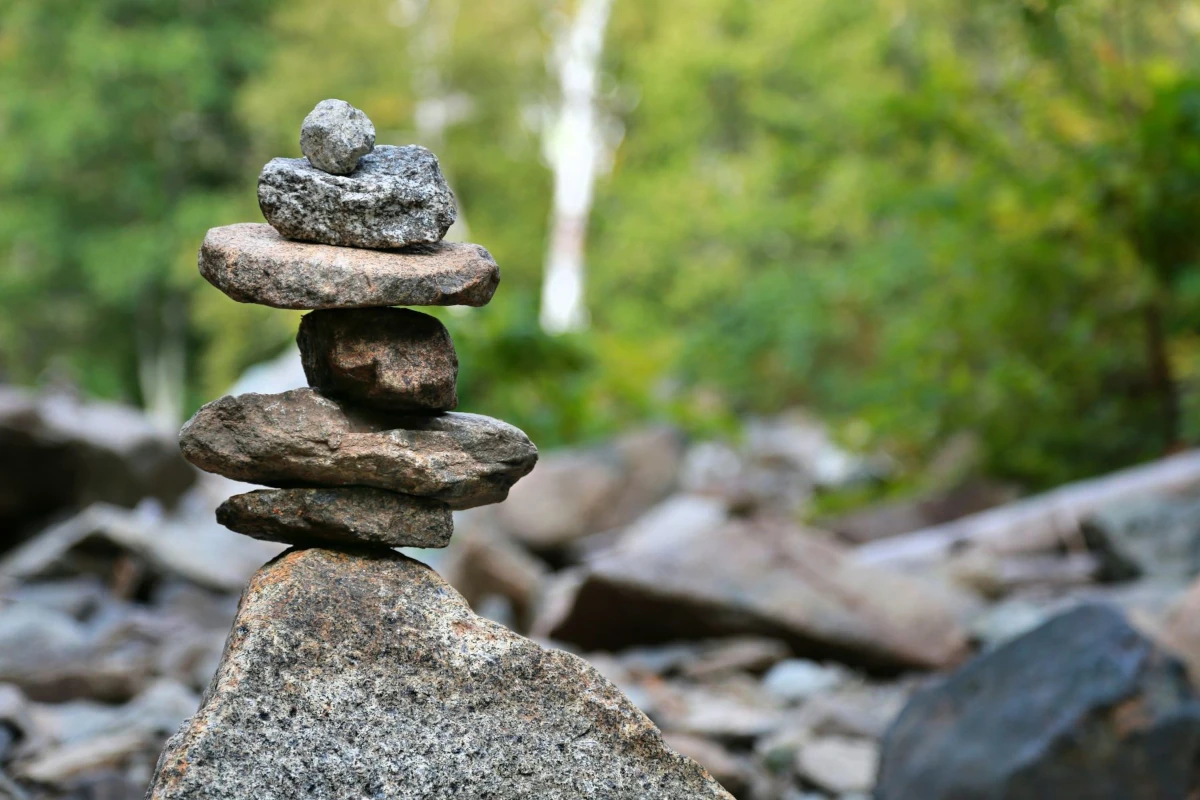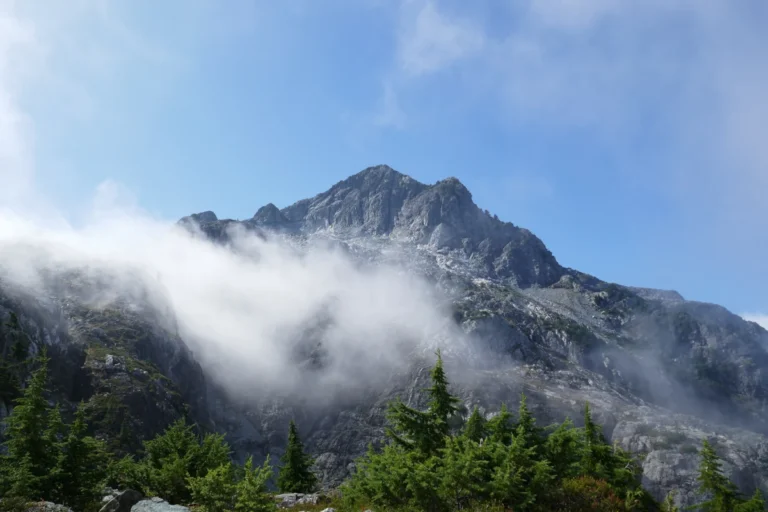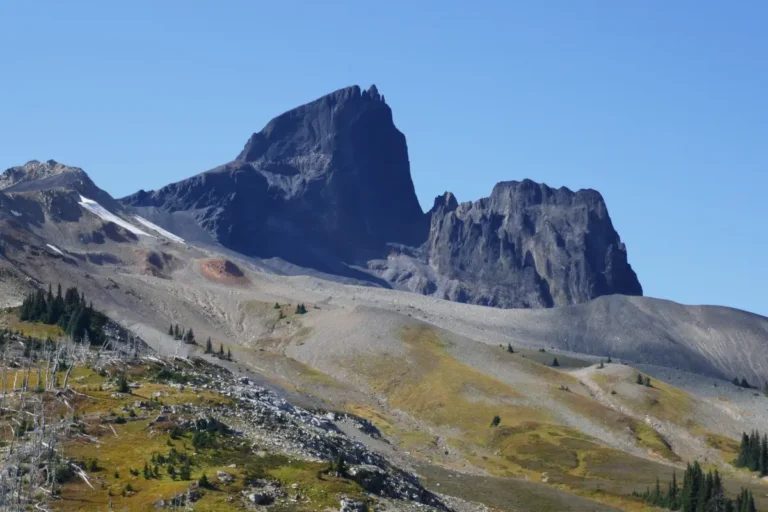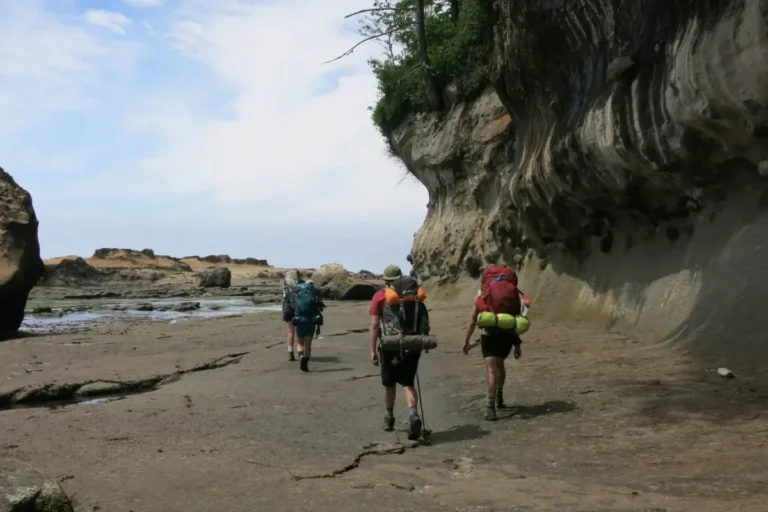To Stack or Not to Stack? The Great Rock Stacking Debate
There’s a trail near my place that’s had an ongoing silent argument for the past decade or two over whether there should be rocks in the old springboard notches of this one old stump. Having the rocks there makes it look like the stump has eyes, you see. Every time I go there, I look to see whether it’s rocks in or rocks out. I snicker to myself every time, because once upon a time, a decade or two ago, I stuck some rocks in that stump to make eyes and sparked a years-long argument between an unknown number of people.
Stump eyes aside, another more contentious argument that silently goes on in the outdoors is the issue of rock stacking. The question is this: should you stack rocks in the wilderness, or not?
Humans stacking rocks goes back to ancient times. Historically, stacks of rocks serve many purposes: navigational aids, supplies caches, and even grave coverings in hard or frozen ground. These functional stacks, known as cairns, usually served a purpose. A variant of this, found in the Arctic, is the Inukshuk. These stacks of rocks on a landscape devoid of trees or other natural navigational aids served a variety of purposes.
In modern times, one might find stacks of rocks on hiking trails for several reasons: navigation, summit monuments, and just because people stack rocks for fun. Landscapes that are devoid of trees and/or get covered in snow every year will often have stacks of rocks to mark the pathway. Since there’s nowhere else to put trail markers and rocks won’t move much under the snow, these stacks can come in pretty handy when you’re heading up a mountain in the fog, for example. In turn any mountain summit usually has a cairn of rocks on top. This not only marks the location of the summit but usually hides a summit register as well.
This function as a navigational aid can disappear when the fun rock stackers arrive. If you’ve ever hiked on bare rock in an area devoid of trees, suddenly encountering an impromptu art exhibition instead of functional navigational aids can be really annoying. A tidy and unobtrusive navigational purpose winds up disappearing altogether.
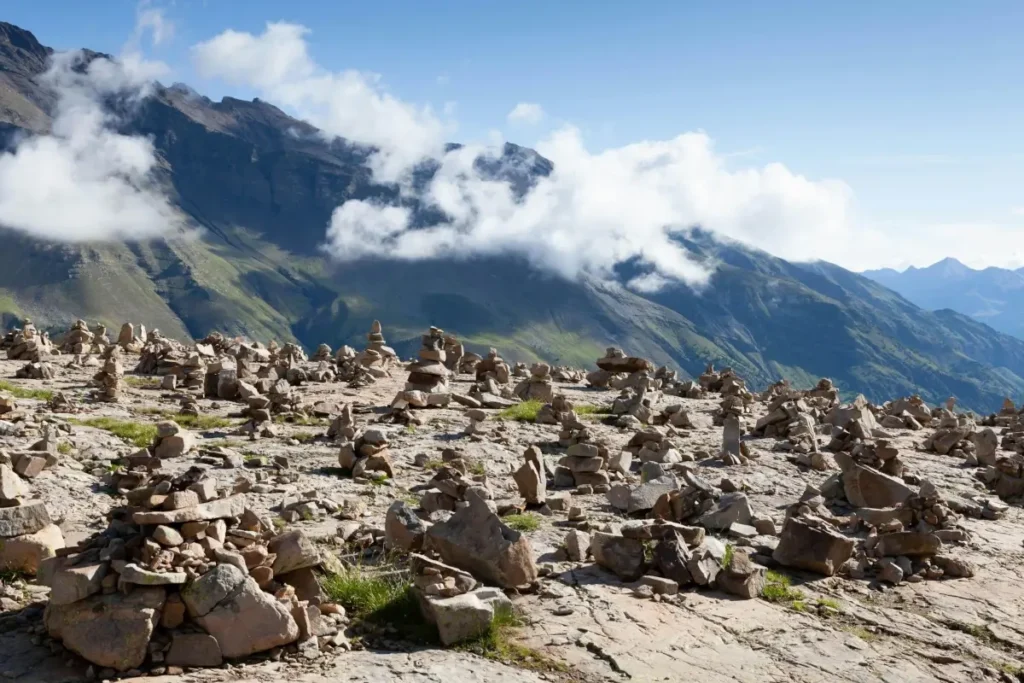
The anti-stacking faction are simply purists of the Leave No Trace philosophy. They believe that leaving any human trace, even a trail marker, ruins the natural experience. They also think that people should know how to navigate without following stacks of rocks, which is a fair point. The pro-stackers, on the other hand, say what’s the big deal? It’s just a stack of rocks. Let the people have fun. It’ll never be pure anyway, so the notion of a pure wilderness is a myth. Still a third faction feels that the act of artfully stacking rocks is an appropriation of the Inuit culture and the Inukshuk.
Herein lies the problem of rock stacking: when one person feels the need to mark that they have been to a place, other people will follow suit. What starts as one harmless thing devolves into ugliness. Stack one pile of rocks as a summit cairn or for navigation, fine. Stacking rocks because you feel the need to mark your presence like signing a yearbook ruins other peoples’ enjoyment of the outdoors. You don’t need to physically mark a place when you go there. Nobody should have ever taught you that you should.
Thus great rock-stacking debate can be settled somewhere in the middle. Sometimes it’s good to stack rocks, and other times it isn’t. Navigation aids are fine. So are functional cairns. Marking your territory is not. Leave the Inukshuk making to the Inuit. Most of all, leave only footprints and take only pictures.
